Storage Temperature for Cognac
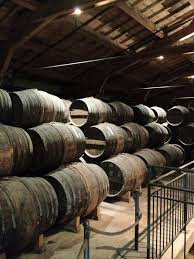 ‘What is the safe storage temperature for cognac?’ is a question that comes up at regular intervals. It is worth noting that once cognac has been bottled, its maximum storage temperature becomes more critical. Usually, a suitable space is left between the cognac and the cork for expansion but every now and again we hear of shipments in very hot countries where the excessive heat has forced the corks out of the bottles. This is a rarity these days as modern corks are stronger and better than those made perhaps 25 years ago. Bottle sealing, especially for rare vintage cognacs, can also be enhanced with wax seals over the cork.
‘What is the safe storage temperature for cognac?’ is a question that comes up at regular intervals. It is worth noting that once cognac has been bottled, its maximum storage temperature becomes more critical. Usually, a suitable space is left between the cognac and the cork for expansion but every now and again we hear of shipments in very hot countries where the excessive heat has forced the corks out of the bottles. This is a rarity these days as modern corks are stronger and better than those made perhaps 25 years ago. Bottle sealing, especially for rare vintage cognacs, can also be enhanced with wax seals over the cork.
However, cognac temperatures, especially during the production and ageing periods can play an important role in the quality of what we drink years later. The distillation range of cognac is between 67 – 72.4 % abv yet most of that which is available in the shops is sold at 40% abv. The natural average drop in strength varies from 0.1% to 2% per year but it would be wrong to believe the average is between the two figures. The actual average is around 0.5% unless demineralised water has been added to the cognac during its storage life. Many of the commercial cognacs are stored for some of their short life in large wooden tanks with little more than a wood lid over them for protection. Here, the temperature, humidity or air dryness can have a considerable effect on both the cognac quality and speed of alcohol reduction. Cognacs that are stored in this manner are usually purchased by the big houses and used in VS or VSOP blends where additives are used to control their flavour and quality.
Of course, the controls over the bulk storage of cognac are very much down to the cellar master. Those cognacs which are destined for higher places will be stored in barrels and hidden away throughout their life in the cellars. The cognac which we store in our sideboard should ideally be kept at a temperature not greater than 25 degrees Celsius and above freezing. Providing the bottle remains sealed, the cognac will stay in perfect condition for decades. But, I hear you ask, what is the point of keeping a bottle without drinking it? Good point, but remember the more you drink from the bottle, the more air there will be in it and the more the alcohol will escape. Eventually the cognac becomes undrinkable. Don’t panic though, a 3/4 full bottle with the cork replaced after opening, may last in excess of 10 years. Even one only 1/4 full will still be drinkable a couple of years from now and who is going to leave a part full bottle of good cognac that long?

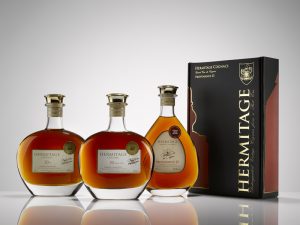 XO brandy, XO cognac. XO armagnac. Why is the term XO used so often when few of us actually know what it means? Originally, XO stood for Extra Old. In terms of age, up until 2018, an XO cognac had to be at least 6 years old but this was also the required minimum age of Napoleon Cognac. So, after decades of promising change, the controlling body of cognac, the BNIC, agreed to make the minimum barrel age of an XO cognac 10 years old. This is important because cognacs do not mature once they have been taken from their oak casks and placed in glass. Armagnac also stepped into line and now age their XO brandies for a minimum of ten years.
XO brandy, XO cognac. XO armagnac. Why is the term XO used so often when few of us actually know what it means? Originally, XO stood for Extra Old. In terms of age, up until 2018, an XO cognac had to be at least 6 years old but this was also the required minimum age of Napoleon Cognac. So, after decades of promising change, the controlling body of cognac, the BNIC, agreed to make the minimum barrel age of an XO cognac 10 years old. This is important because cognacs do not mature once they have been taken from their oak casks and placed in glass. Armagnac also stepped into line and now age their XO brandies for a minimum of ten years.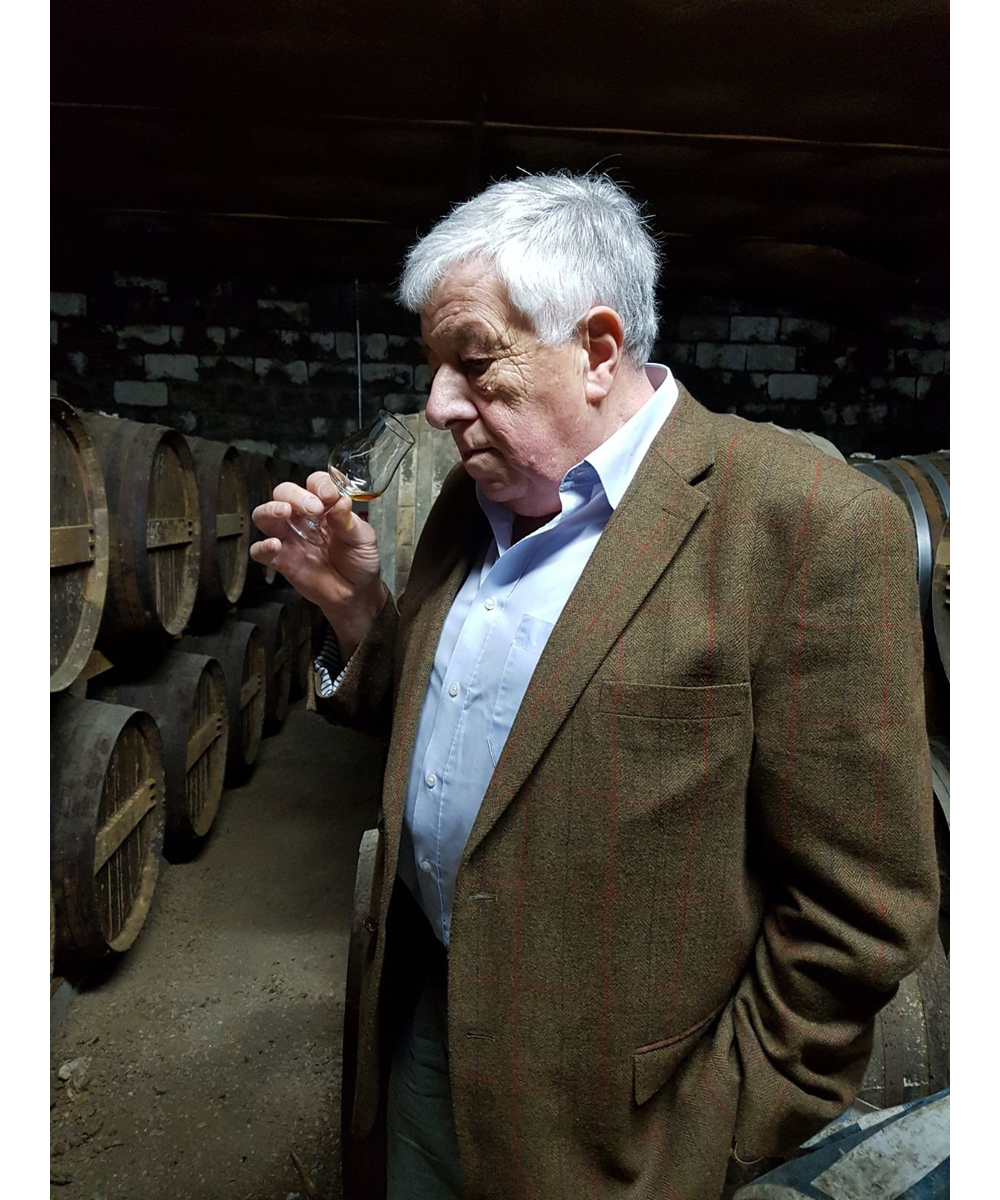 The American Chemical Society has identified a few compounds, not previously known, which contribute to an
The American Chemical Society has identified a few compounds, not previously known, which contribute to an 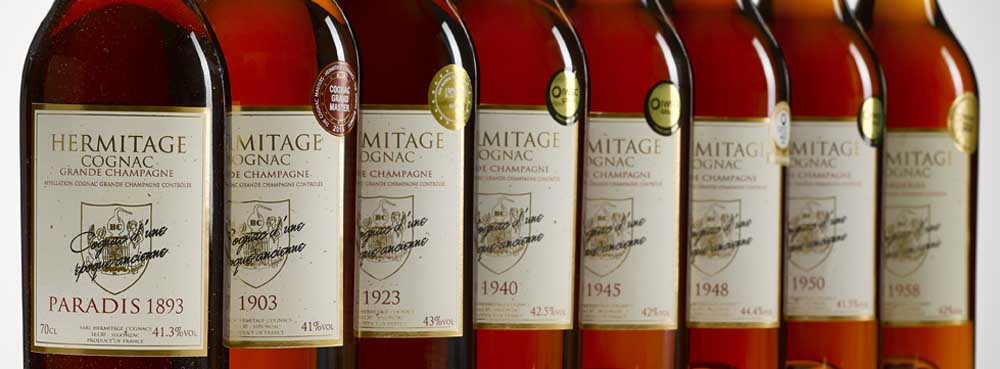 The growth in generic cognac sales over the last quarter of a century has distracted from the single most important criteria in determining the quality of a cognac. The age, or to be precise, the barrel age of a cognac is the most important element of cognac quality, yet we so often fail to ask the age question. Currently there simply is not enough information on the bottle to make it interesting. Compare that to a single malt whisky where the label tells us its barrel age, who made it and even what barrel it was stored in. It is little wonder that single malts outsell cognacs by a factor of 10 : 1.
The growth in generic cognac sales over the last quarter of a century has distracted from the single most important criteria in determining the quality of a cognac. The age, or to be precise, the barrel age of a cognac is the most important element of cognac quality, yet we so often fail to ask the age question. Currently there simply is not enough information on the bottle to make it interesting. Compare that to a single malt whisky where the label tells us its barrel age, who made it and even what barrel it was stored in. It is little wonder that single malts outsell cognacs by a factor of 10 : 1.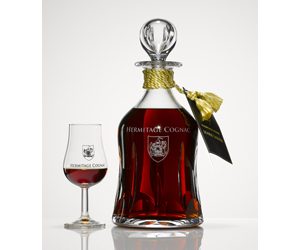 As most of you know, I spend a great deal of my time tasting
As most of you know, I spend a great deal of my time tasting 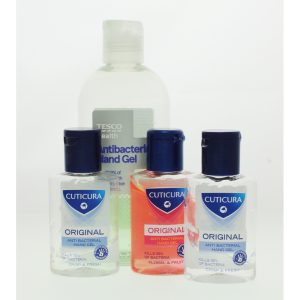 The basic ingredient is, of course, alcohol. For hand sanitisers to work against viruses, such as the Coronavirus, the alcohol content must be at least 60%. Ethanol alcohol (also called ethyl alcohol, grain alcohol, drinking alcohol, or simply alcohol), mixed with aloe vera gel are the basic ingredients but some hand gels also contain scented oils to make them more pleasant to use. Commercially, iso propyl alcohol (IPA), which is almost identical to ethanol alcohol, is used since it can be purchased at much higher strengths.
The basic ingredient is, of course, alcohol. For hand sanitisers to work against viruses, such as the Coronavirus, the alcohol content must be at least 60%. Ethanol alcohol (also called ethyl alcohol, grain alcohol, drinking alcohol, or simply alcohol), mixed with aloe vera gel are the basic ingredients but some hand gels also contain scented oils to make them more pleasant to use. Commercially, iso propyl alcohol (IPA), which is almost identical to ethanol alcohol, is used since it can be purchased at much higher strengths. Most people associated with
Most people associated with 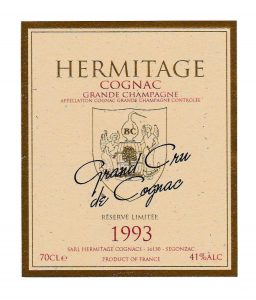 There is often confusion over
There is often confusion over 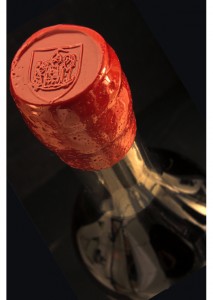 For more than a thousand years cork has been used for sealing wine and spirit bottles. It is a natural product harvested from cork trees which regrow their bark every nine years. It has been revered by traditional wine makers for centuries as the ideal seal. However, the cork seal is not quite so ideal for use with spirits as they can, over the years, degrade the cork. Eventually the cork will turn black and the exposed areas will become so damaged, the cork will drop into the bottle. It is for this reason that cognac producers always advise that bottles should never be laid down for storage. Corks are also porous and allow tiny quantities of air and spirit to pass through, thereby aiding evaporation. Cognac producers have long recognised this problem so today the quality of the seal is much improved. This has been achieved partly by the introduction of semi synthetic cork mixtures and partly by encasing the top of the bottle with some form of capping material.
For more than a thousand years cork has been used for sealing wine and spirit bottles. It is a natural product harvested from cork trees which regrow their bark every nine years. It has been revered by traditional wine makers for centuries as the ideal seal. However, the cork seal is not quite so ideal for use with spirits as they can, over the years, degrade the cork. Eventually the cork will turn black and the exposed areas will become so damaged, the cork will drop into the bottle. It is for this reason that cognac producers always advise that bottles should never be laid down for storage. Corks are also porous and allow tiny quantities of air and spirit to pass through, thereby aiding evaporation. Cognac producers have long recognised this problem so today the quality of the seal is much improved. This has been achieved partly by the introduction of semi synthetic cork mixtures and partly by encasing the top of the bottle with some form of capping material.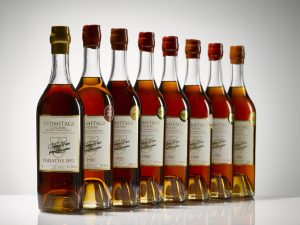 This Christmas the big cognac houses will tell you in very general terms why you should buy their Christmas Cognac either for yourself, or as a gift. The differences in taste and price between one and another will not be significant. The attractive presentation of each cognac will, however, undoubtedly attract millions of customers, but the question I would ask is:
This Christmas the big cognac houses will tell you in very general terms why you should buy their Christmas Cognac either for yourself, or as a gift. The differences in taste and price between one and another will not be significant. The attractive presentation of each cognac will, however, undoubtedly attract millions of customers, but the question I would ask is: